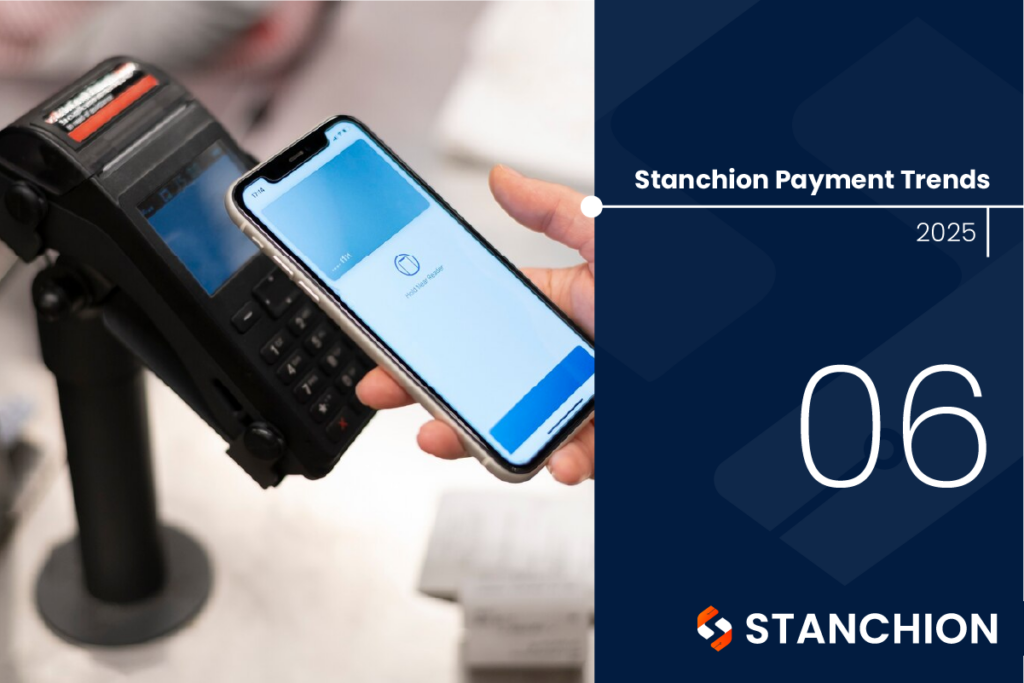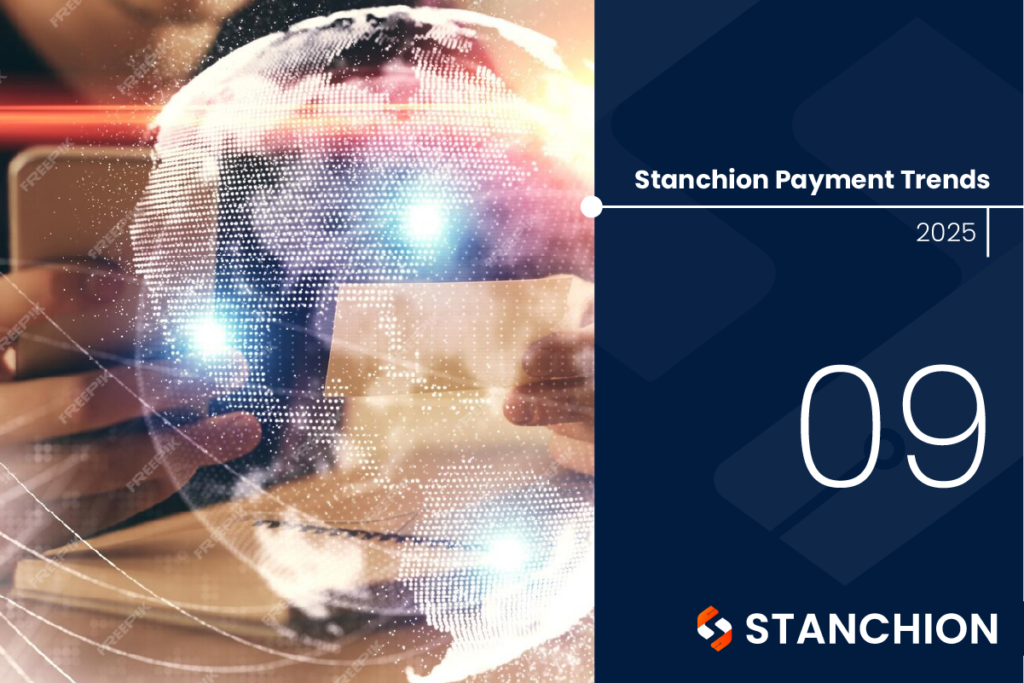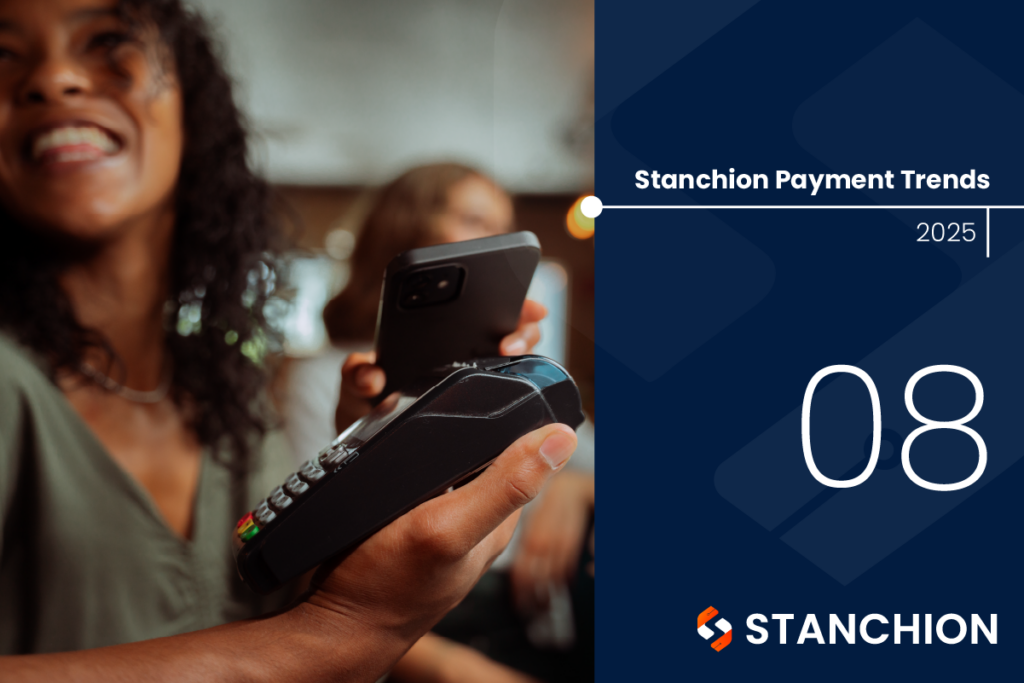
Title of Report: Payments Trends 2025
Report Link: Shaping the future of payments | Trends and insights for 2025
Size of Report: 12 pages. Published Nov 2024

Short, succinct paper highlights five key trends.
- the decline of checks while cash finds its usage floor (page 4) – this is increasing card usage and A2A payments.
- increased regulation of nonbank payment providers (page 5) – likely to change the payment market as some nonbank payment providers leave due to increased regulation.
- further expansion of Buy Now Pay Later (BNPL) services into essential spending categories (page 6) – like housing and utilities, grocery, car payments and repairs, and travel, especially as consumers battle inflation and focus on nondiscretionary spending.
- growing adoption of integrated software vendors (ISVs) by small and medium businesses (page 7) for operational simplicity and to provide
pre-integrated payment rails, including consumers’ go-to digital wallets, and
- the deployment of AI for enhanced fraud prevention (page 8) that will expand to better consider consumers’ digital identity and personalized spend insights to combat the growing complexity of fraud.
The challenge of this is that banks need to move aggressively on multiple fronts including product development, technology and partnerships, CX and fraud prevention or risk losing their grip on retail banking customers for whom payments is the core of their financial lives.
If you enjoyed the content and approach we have taken, here are 4 suggestions of how to engage for more:
- Follow our Stanchion LinkedIn Page and join our engaged community.
- Request a call with our author and Chief Growth Officer, Norman Frankel
- View our On-demand Webinar series on Payment Fabric and the research IDC did here, additionally we can send you two reports that summarise the output of the research IDC did covering 150 banks.
- Drop us an email at engage@stanchionpayments.com with your thoughts, we would love to hear from you.
We wish you a successful 2025 delivering on your business priorities, remaining customer relevant, agile in your project change and avoid fraud from the rapidly growth in financial crime as instant real-time payments, QR code-initiated payment adoption and use of ever advancing AI tools continue to accelerate.


 Verto
Verto Switchcare
Switchcare Professional Services
Professional Services

